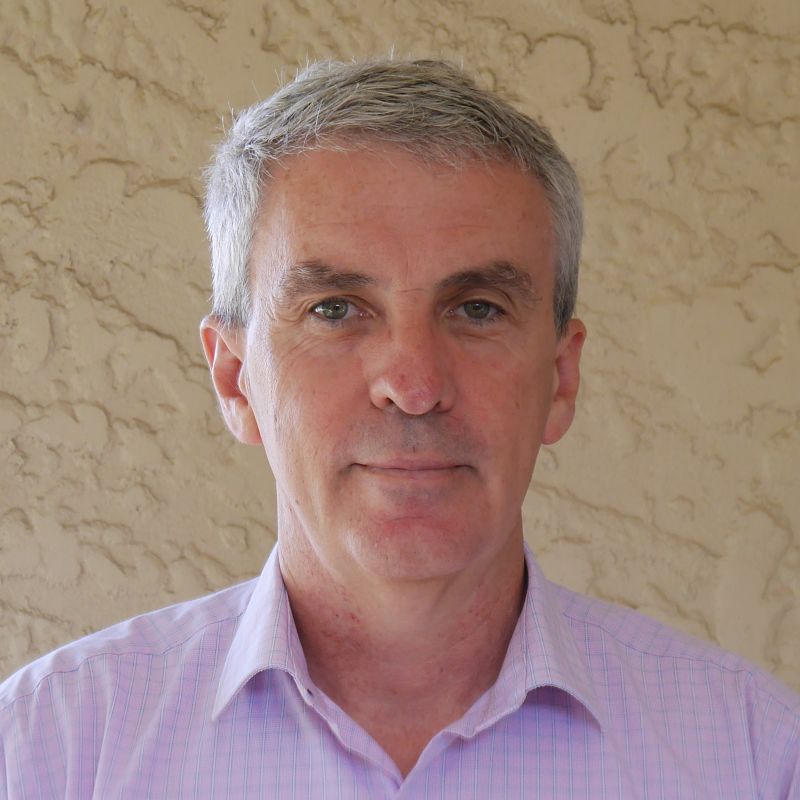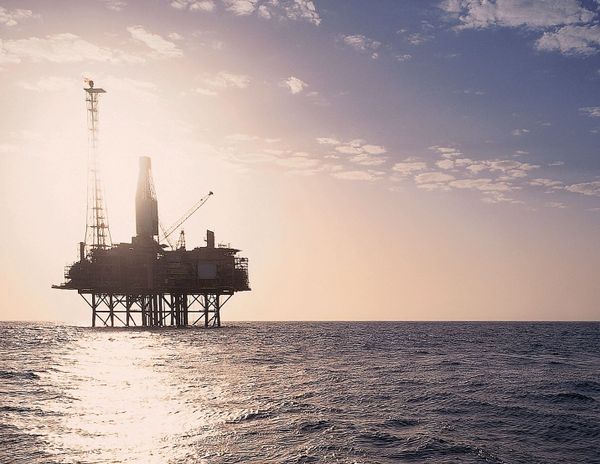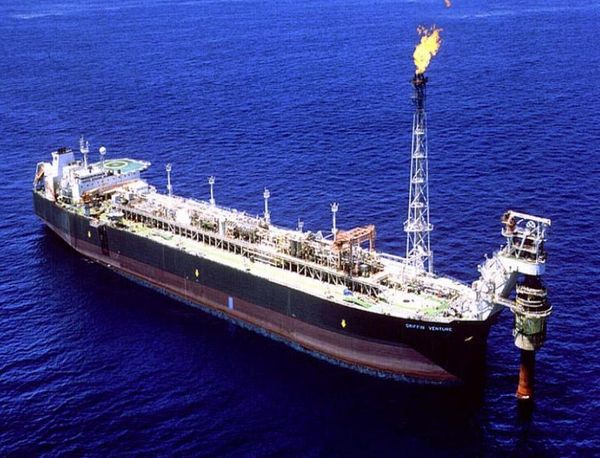Is Woodside the next South32?
Speculation is mounting of a big Woodside-BHP deal next week. There may be lessons from South32, another destination for BHP's unwanted assets.
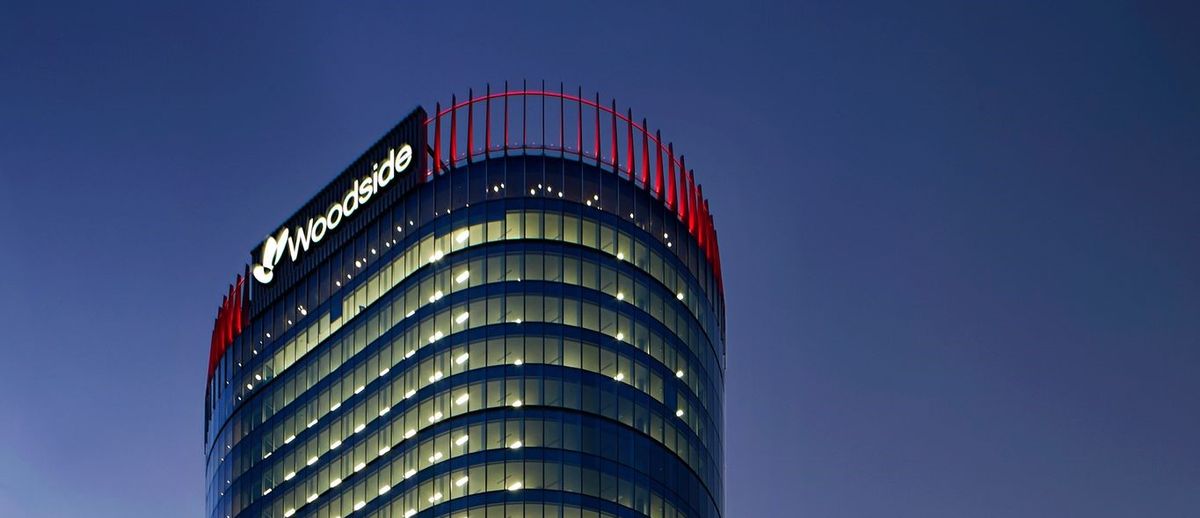
ANALYSIS
Seven years ago, BHP Billiton wanted a simpler life and decided to spin off miscellaneous mines into a new ASX-listed entity later called South32.
Next Tuesday, when BHP announces its full-year results, many observers expect South 32 Mark II: unwanted oil and gas assets going to an existing ASX company called Woodside.
In 2014 the good ship BHP scraped off the barnacles of minor assets to travel fast and lean. Now the miner wants to ditch the smokestack to sail green and clean.
The speculation has not settled on the scope of the deal. However, the bare minimum would be BHP selling out of Scarborough so Woodside could progress its only option to stem production decline.
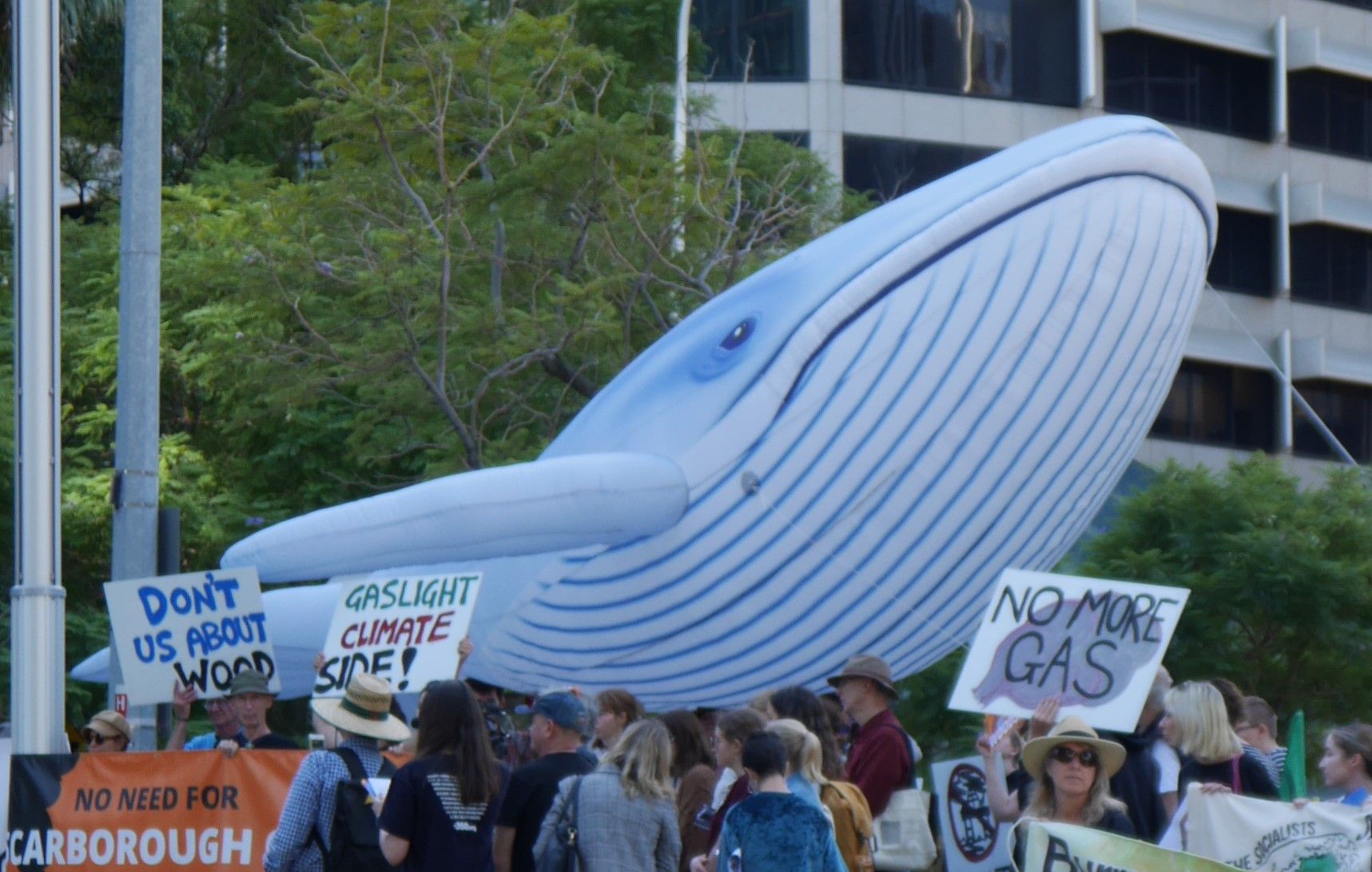
However, the most discussed options are Woodside absorbing BHP’s Australian oil and gas assets or its entire global portfolio. BHP’s petroleum business accounts for about 10 per cent of its revenue and earnings.
Either way, a deal could have many similarities with the birth of South32 but with two significant differences.
From the announcement in August 2014 to birth, when BHP shareholders received one South 32 share for each BHP share they held, the deal took nine months.
BHP had a huge team working on the deal for more than a year before it was announced. There was a lot of complexity to manage. BHP is listed in Australia and the UK, so a solution so had to be found for both sets of shareholders. Tax implications are potentially enormous.
BHP spent almost $1 billion of stamp duty and other transactions costs to free itself of any mining assets it did not regard as Tier 1.
Goldman Sachs and other advisors picked up $30 million for their advice on South32.
The New York-based firm has reportedly been helping BHP plan its oil and gas exit since 2019.
When BHP planned South32, it ensured the newborn company did not have excessive debt to improve its chance of success. As BHP shareholders would become South32 shareholders, the BHP board had an obligation to make South32 a good investment.
BHP also kept Nickel West to itself over concerns that decommissioning costs would be too much for South32.
Decommissioning costs and ensuring BHP shareholders get value from any shares they receive will be a big part of any Woodside deal, as it was with South32, but the dynamics are very different.
Too late for a total decommissioning escape
In Australia, BHP is exposed to multi-billion dollar clean up costs through its one-sixth share of the North West Shelf and half-ownership of ExxonMobil’s Bass Strait operation.
ExxonMobil and BHP have wanted out of the Bass Strait for some years. In mid-2016, they put only the oil assets up for sale but halted the process in early 2018.
The two companies then went their separate ways to sell both the oil and the gas assets. ExxonMobil went public in September 2019, and BHP followed in August 2020.
BHP’s share of the North West Shelf could also be challenging to dispose of: Chevron has tried to offload its interest for more than a year.
However, the Federal Government’s response to being left with a clean-up bill of up to $1 billion from the Northern Endeavour changed the game.
Under legislation before Federal Parliament, any seller of oil and gas assets will retain the last resort trailing liability for decommissioning if subsequent owners fail. The Government will also have stricter checks on the financial strength of any buyers.
Ensuring an enlarged Woodside-Plus is viable helps BHP discharge its duty to its shareholders who will have a stake in Woodside and also reduces the risk of the new mining-only BHP wearing trailing liabilities in a decade or so.
While half the Bass Strait and an additional one-sixth of the North West Shelf will give Woodside an enormous decommissioning bill in the medium term, the immediate cash flow boost could help fund the $US12 billion Scarborough to Pluto project.
In turn, later this decade, revenue from Scarborough would flow as the clean-up bills mount.
So, both BHP and Woodside management should be aligned in making Woodside-Plus successful, just as BHP was with South32.
Value split the big decision
However, South32 was a newly listed company with initially no shareholders other than from BHP. Woodside-Plus would have the existing Woodside shareholders and holders of new scrip issued to pay for the BHP assets.
How much of Woodside-Plus goes to BHP shareholders would be a simple win-lose negotiation between the two companies.
BHP needs to get out of oil and gas, and Woodside is desperate for BHP to get out of the way so it can sanction Scarborough. BHP, however, has the leverage in the negotiation as it had more options and less urgency to achieve its aim compared to Woodside.
Existing Woodside shareholders may not feel comfortable with how much BHP could dilute their equity, but the no-deal alternative may be worse.
Any announcements next week might also reveal who will lead Woodside-Plus. Will BHP petroleum president Geraldine Slattery come with BHP’s assets as a package deal?

Main image: Woodside headquarters Mia Yellagonga in Perth. Source: Woodside Energy Limited

